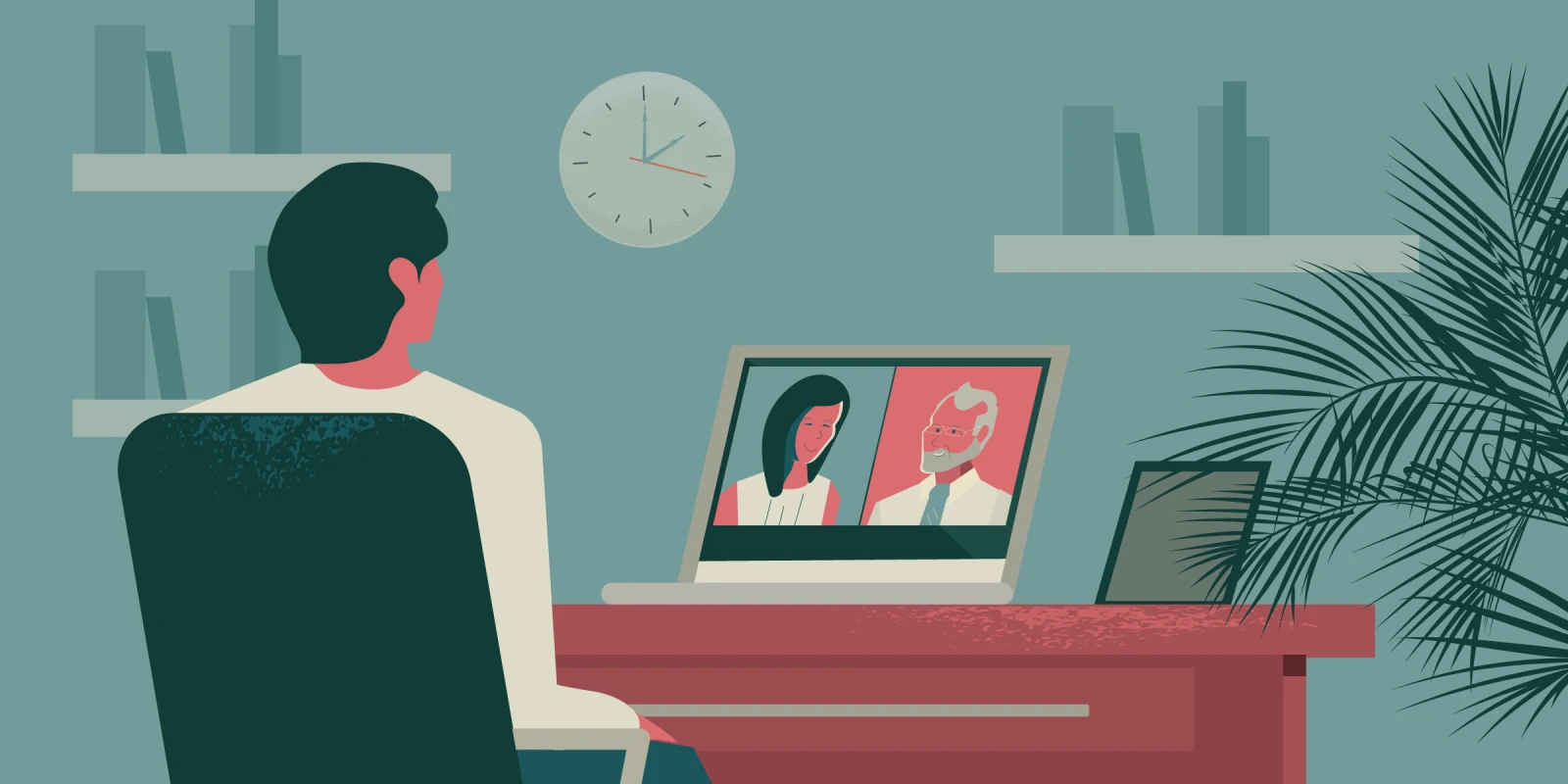With Match Day now behind senior medical students such as myself, we cannot help but stop and reflect on how chaotically unique the application cycle was this past year. According to the NRMP website, a record-high 42,508 applicants vied for 38,106 available residency slots during the 2021 Match, shattering last year’s record of 40,408 applicants.
I’m sure I’m not alone when I say how torn we all are about the mix of benefits and drawbacks of our purely virtual residency interview experience. On the one hand, students were able to save thousands of dollars in burdensome travel expenses and escape sleepless nights hopping from city to city between interviews. The American Medical Association puts a price tag of $1,000 to $5,000 for interview expenses, which, for the average medical student, is a whole lot of money. Certainly, it was convenient to be able to gracefully roll out of bed, slip into a nice outfit, swig some coffee, and log in five minutes early for an interview at a desk situated a mere few feet from our beds.
On the other hand, missing out on the “wining and dining,” preinterview socials, and various other activities with future colleagues comes at its own cost. Sure, a lackluster breakfast or cheap swag might be worth skipping out on. But what about that invaluable opportunity to network through side conversations and swapped jokes among fellow applicants (and future coworkers)? What about the priceless “gems” residents drop about their programs which can make or break your preconceived notions about the place? What about those keen observations about the facilities your wandering eyes make as you stave off boredom three hours into the program director’s “brief” introduction?
Yet this is what it all comes down to in the end. Virtual interviews seem amazing and terrible all at once. They save a lot of unnecessary stress and cost for students already seven-eighths finished with such a demanding chapter in their medical career. But at the same time, they require us beleaguered students to decide where we may spend the next half decade of our lives without even visiting the residency program or properly meeting the people inside.
So what is the solution? Do we revert to the traditional, mind-bogglingly crazed process of darting across the U.S. at our own expense, or do we embrace this new phenomenon of purely digital hiring, born from the fury of a pandemic? Other professions are doing it; why not us? Or perhaps we can mesh together the best of both worlds. Medical school and residency are hard enough as it is. Surely we can reduce the chaos involved in transitioning from one to the other.
Program directors have been debating this for months. Should they incorporate virtual interviews and subinternships long term as a potential silver lining of the pandemic? Should there be an initial virtual screening process followed by in-person visits to our top 10 residencies of choice? Should there be regular in-person visits for each program’s first round of applicants with virtual “second looks” for a smaller pool before final ranking is completed? Should virtual subinternships for nonsurgical and nonprocedural specialties (e.g., psychiatry, radiology, dermatology) be offered as an equivalent alternative to traditional ones?
These are some of the questions our medical education leaders need to hash out by the start of the next cycle. The countdown clock to the next Match Day is not just for us students. We’ll be starting a new chapter in our lives as future physicians, exciting and daunting as that may be. But the clock is ticking for program directors and department chairs to figure out a path forward for Match Day 2022. Yet they need not do it alone, and we are here to help.
As soon-to-be physicians, we are obligated to pave a more sensible and meaningful path for those not so far behind us. We were once in their shoes. We lived through the year of COVID-19 — and the humdrum of medical school aside — that is a major feat. On top of that, we navigated a brave new world of residency applications in an unprecedented manner. We all remember the nerve-racking process of applying for away rotations, as programs canceled them left and right. We remember how we scrambled to replace our snubbed Step 2 Clinical Skills exam slots over and over before they removed the exam alogether. How difficult it was to navigate the Electronic Residency Application Service and the abundance of interview platforms during the pandemic. Our advisers were as confused as we were. Our resident friends could not offer us a modicum of advice, as desperately as they wanted to. But now we can for the next wave of applicants.
As the new intern class, I hope we can all work with our medical schools and future programs to guide the significant changes bound to take place this year. Change is not always something to be feared, especially when approached correctly. Our experiences will be vital to deciding how the next generation of doctors will be distributed across the vast number of specialties and residency programs in the U.S. Let’s not throw that away. Let’s get this right for the next set of medical students, or else we might be the subject of a rather unflattering new joke: “How many doctors does it take to fix the Match?” We’ll just have to wait and see.
Share your thoughts on the virtual residency interview process in the comment section below.
Robert Pena is a fourth-year medical student at the Donald and Barbara Zucker School of Medicine at Hofstra/Northwell on Long Island, New York. He will enter the emergency medicine residency program at George Washington University.







